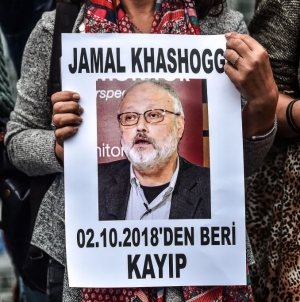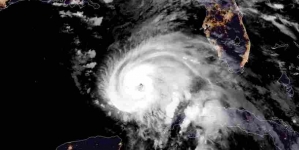-
Tips for becoming a good boxer - November 6, 2020
-
7 expert tips for making your hens night a memorable one - November 6, 2020
-
5 reasons to host your Christmas party on a cruise boat - November 6, 2020
-
What to do when you’re charged with a crime - November 6, 2020
-
Should you get one or multiple dogs? Here’s all you need to know - November 3, 2020
-
A Guide: How to Build Your Very Own Magic Mirror - February 14, 2019
-
Our Top Inspirational Baseball Stars - November 24, 2018
-
Five Tech Tools That Will Help You Turn Your Blog into a Business - November 24, 2018
-
How to Indulge on Vacation without Expanding Your Waist - November 9, 2018
-
5 Strategies for Businesses to Appeal to Today’s Increasingly Mobile-Crazed Customers - November 9, 2018
US military prepares for biggest Okinawa land return since 1972
A file photo from May 19, 2015, shows US Marine Corps MV-22 Osprey aircrafts sitting on the tarmac at US Marine Corps Air Station Futenma surrounded by residential areas in Ginowan on Okinawa Island.
Advertisement
The military will return part of the Northern Training Area, reducing the amount of U.S. -administered land in Okinawa by 17 percent, the U.S. Forces Japan said in a statement on Friday.
The U.S. military plans to return 4,000 hectares of land in Okinawa to the Japanese government once construction work on new helipads is completed, Reuters reported Friday.
“We are respectful of the feelings of Okinawans that our footprint must be reduced”, Lieutenant General Lawrence D. Nicholson, the commander of USA troops on the island, said in a statement on Friday. “Under the treaty, once facilities or areas are no longer necessary to meet those ends, they will be returned to Japanese government”.
Okinawa is the USA military’s key base in Asia where it faces an increasingly assertive China.
The reversion treaty negotiated control of Okinawa back to Japan while maintaining US military forces on the island, according to the Council on Foreign Relations.
There has been a long history of opposition and resentment towards the USA military stationed in Okinawa since the end of World War II from Japanese locals who live on the island.
Many interpret the land return as a bid by Washington and Tokyo to quell local unrest that exploded in May when the body of 20-year-old Japanese woman, Rina Shimabukuro, was found following weeks of searching.
The return of the land was agreed in 1996, but has been delayed by protesters blocking the construction of the helipads.
The two countries had also agreed to limit certain legal protections and benefits provided to some USA civilians working for the military.
The murder and a subsequent arrest of a US Navy sailor for drunk driving triggered widespread protests forcing Pentagon to move military personnel off the island.
Advertisement
Tensions between local residents and American forces are now at their lowest point since 1996 when the United States and Japan last agreed to relocate a number of troops following the rape of a 12-year-old local schoolgirl by three U.S. military personnel, that led to similar mass demonstrations.





























